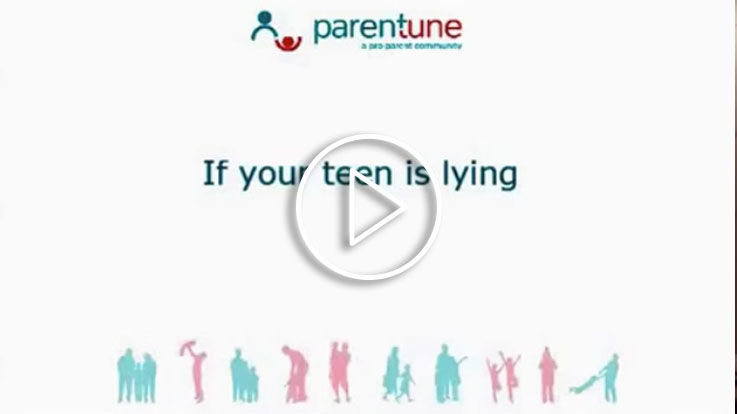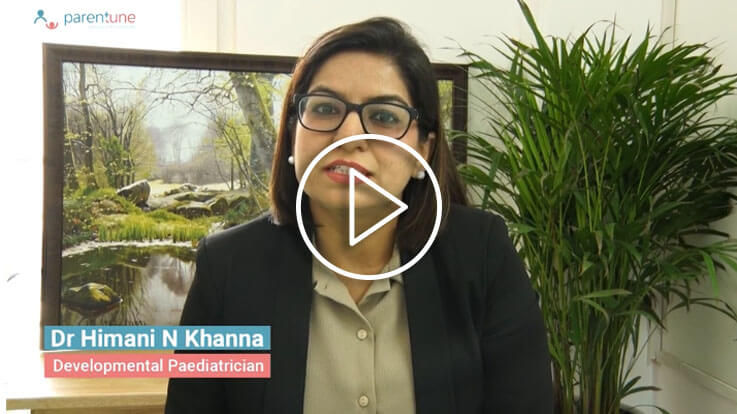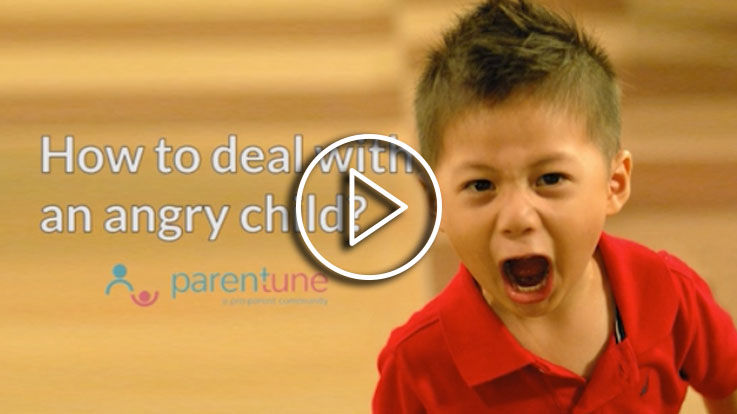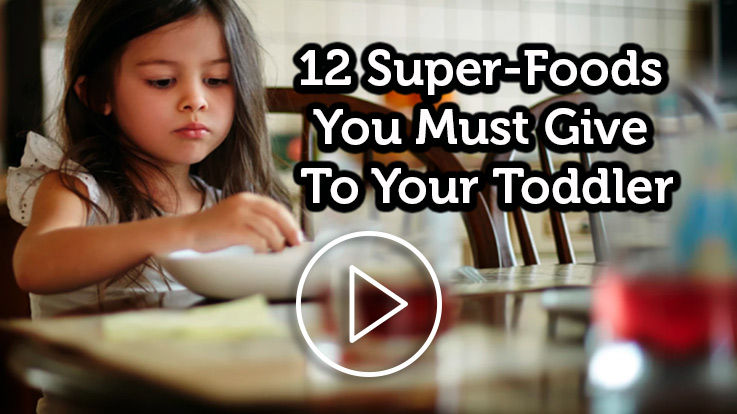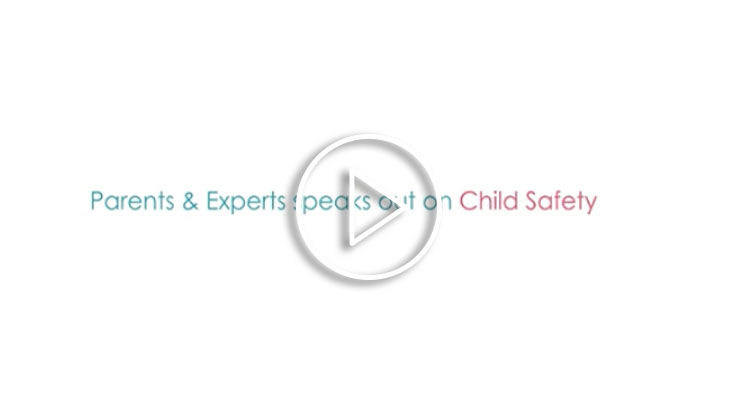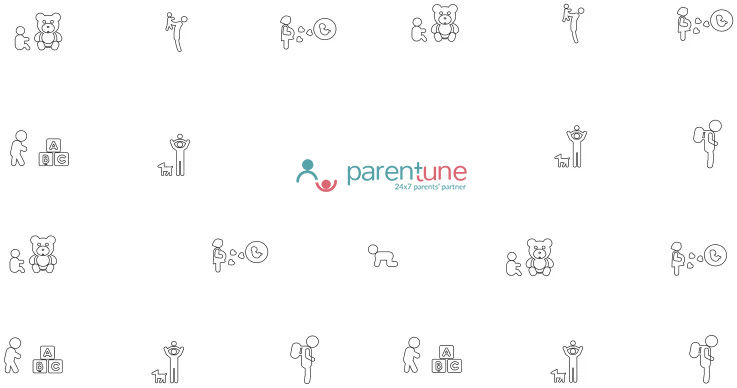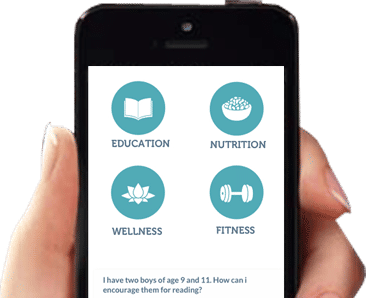Dental Flossing In Children – The Benefits Of Starting Early
Flossing is an important part of oral hygiene maintenance. There are certain inaccessible areas which cannot be cleaned by a toothbrush. These areas are the sides of teeth. When two teeth are in close contact with each other, it becomes impossible for toothbrush to clean on those areas. The purpose of brushing is to clean “all” the surfaces of “all” the teeth. Just imagine how many surfaces of teeth we miss when we don’t floss our teeth. A toothbrush can never clean surfaces between the teeth.
When Should A Child Start Flossing?
It is a myth that only adults need to floss teeth. Flossing should begin as soon as two teeth erupt which are in close contact with each other. There are some children where few teeth will not have a tight contact. In such areas (usually seen in front teeth of many children), flossing is not required. Molars are usually in close proximity to each other, making it imperative to floss these areas in children. Also, in children the surface area of close contact in molars is much more than adults. Hence, it becomes all the more important to floss between molars in children.
What Are The Benefits Of Flossing?
While there are numerous benefits of flossing the 2 major ones are as follows-
- Removes plaque stuck in between teeth: Plaque is usually built around all the teeth. When we floss, we ensure that the plaque is being removed properly from all the surfaces of teeth. Otherwise, we may be missing up to 40% of teeth surfaces from being cleaned
- Controls bad breath: Besides plaque, food particles can also be stuck between teeth. Plaque and food particles between teeth can lead to bad breath and cavities on these surfaces
Parentune Tip:Flossing should be done at least once a day. Flossing should follow tooth brushing.
What Are The Different Types Of Floss?
Dental floss is available in two forms- one with the handle and one without the handle. For children, it is convenient to use ones with handle.
How Should A Child Floss? What Is The Technique For Flossing?
Your child will need your help to floss. Take about 18” of floss and hold it between index finger and thumb. Place it between two teeth, parallel to side surfaces, and gently slide it down in a sawing motion. Don’t force it down as it may injure the gums. Gently curve the floss around the surfaces of both teeth and slide it back and forth to remove plaque. Then pull it upwards.
Wrap the used part of the floss on the index finger and use a fresh part to floss the next set of teeth.
What Are Some Alternatives To Floss?
Water flossers or water picks are able to clean surfaces between the teeth well. It consists of a small device from which stream of water flows with a mild pressure, thereby cleaning the surfaces.
Until your child is 8 or 9 years old, he will need your help with flossing. Setting a good foundation for dental care is important for their overall health.
We hope you found these tips on dental flossing for children, useful. Share your thoughts with us in the comments section!





